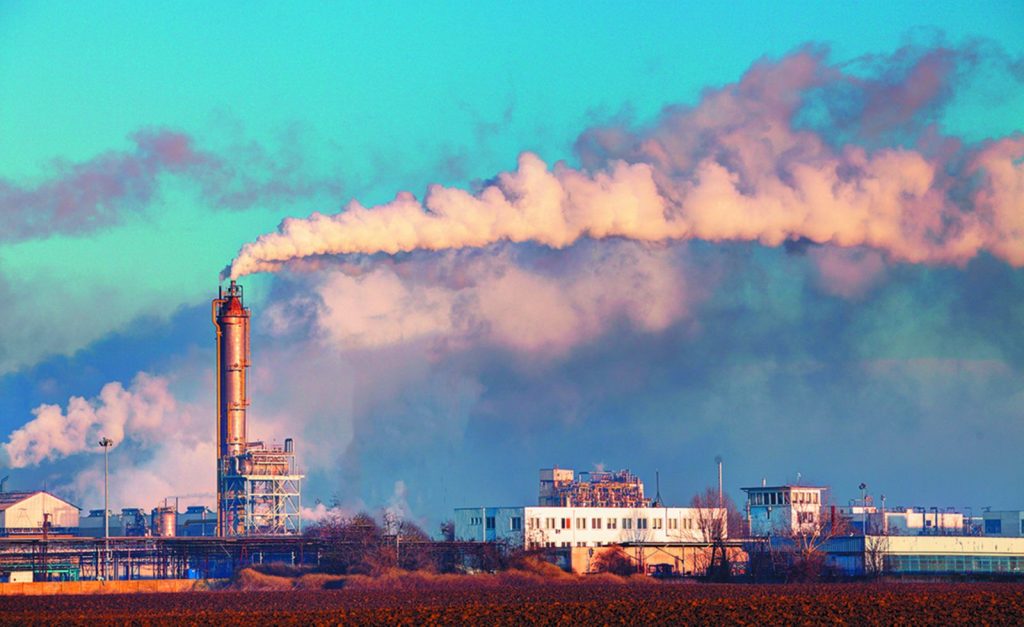We’ve recently seen an increase in the importance of environmental monitoring, which needs periodic measurements of the environment followed by an immediate assessment or interpretation of data received. To fully understand the extent of the pollution problem, accurate data from reliable monitoring stations is required. Industrial pollution, hazardous chemicals, vehicular emissions, and loss of natural resources are causing the environment to deteriorate at an alarming rate. The amount of pollution in various kinds is soaring.
The goal of environmental management is to investigate all of these issues and keep pollution under control so that the environment can meet the most basic human requirements and more for an endless period of time. Environmental management is primarily concerned with the improvement of the natural environment as a whole. The goal of environmental management is to ensure that the air we breathe, the water we drink, and the land and sea resources we use can meet our demands indefinitely. In addition, one expects that individuals are well nourished, properly housed, highly educated, and happy and healthy in their lives.
The Following Are Some Of The Most Effective And Practical Ways To Reduce Environmental Pollution:
Using incinerators is the preferred method of disposal for combustible solid waste. Solid trash is being turned into gaseous waste, resulting in contamination of the air as a result of this process. If incineration is not adequately regulated, it may result in additional nuisance.
Compost manure should be produced in areas far from cities and human habitation from solid organic waste, including faeces and waste from tanneries. There should be at least 8 to10 cm of dirt covering the compost piles or pits in order to avoid the development of flies and rats, who are key carriers of many diseases.
The landfill method should be used in low-lying locations to dispose of non-combustible solid waste products such as ash, debris, cans, and glass fragments that cannot be recovered for normal uses.

It is possible to employ an anaerobic septic tank solution for individual homes as well as for small towns. For liquid wastes and sewage disposal, aerobic biological treatment technologies such trickling filters, active sludge treatment, and oxidation ponds can be used.
To avoid the emission of toxic compounds, automobiles must either be designed to consume no gasoline or diesel oil at all, or they must be designed to achieve complete combustion in the engine. Regardless of the mode of transportation, vehicles must be equipped with an anti-smog equipment. Factory pollution is reduced in some nations through the use of equipment like scrubbers, cyclone separators, and electrostatic precipitators.
Fertilizers, herbicides, pesticides, and other agrochemicals should be reduced as much as practicable.
There should be an end to the unnecessary and excessive burning of plants.
It is time to quit using paper cups, plates, and other such items, and instead switch to sponges and towels.
Thermal pollution can be reduced by using less electric and motor-nm equipment.
Use baking soda and a scouring pad instead of detergents.


